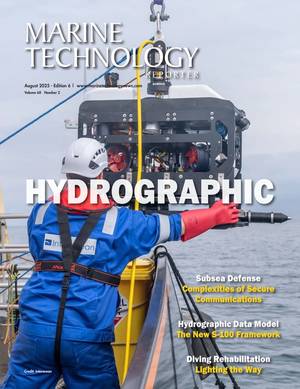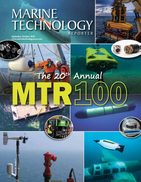
Lockheed Martin Invests $50M in Saildrone to Advance USV Capabilities for US Navy
we needed to make the core technology robust. We undertook thousands of iterations on hardware, firmware, and software, which rapidly evolved the technology and the endurance. Over those six years of evolution, we sailed over one million nautical miles and stacked up many world firsts for autonomous surface vehicles; the first circumnavigation of Antarctica, our first transatlantic crossing and the fastest ever by a USV, Arctic operations at 76 degrees north, the longest uninterrupted mission of more than a year without servicing or landfall, the list goes on.In hindsight, we had our heads down, deep in

Japanese Firms Join Forces to Mass-Produce Smalls USVs for Maritime Ops
NYK’s Group company Keihin Dock has signed a joint demonstration agreement with Oceanic Constellations (OC), an ocean-tech startup, seeks to establish a mass-production system for small unmanned surface vehicles (USVs).The move aims to accelerate the development of innovative solutions to tackle industry-wide marine challenges in Japan.OC plans to implement a world-first approach to consistent ocean monitoring by deploying multiple USVs equipped with sensors and communication networks through an initiative dubbed ‘Oceanic Constellations’.Creating a reliable mass-production system for
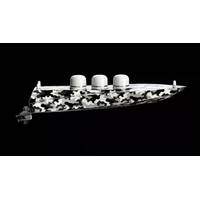
Fincantieri, Defcomm to Jointly Advance Naval Units and Surface Drones
long run and endurance tests.These drones are designed for surveillance, intelligence, and patrol missions and able to operate in fully autonomous mode, remote control, and manual control.The partnership will also enable Fincantieri to develop and integrate deployment capabilities for autonomous surface vehicles on its naval units, serving both domestic and international customers.Furthermore, the collaboration between Fincantieri and Defcomm will also support upcoming training activities during which the advanced capabilities of the platforms and their interoperability in complex scenarios will be
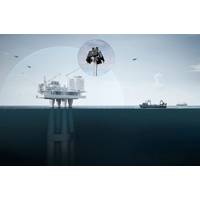
Aker Solutions, Kongsberg Discovery Partner on Offshore Drone Detection
;s Drone Detection Radar and is part of a broader plan to roll out surveillance technologies across the North Sea to bolster situational awareness around energy assets and transit lanes.Kongsberg Discovery develops navigation, acoustic and marine robotics systems, including autonomous underwater and surface vehicles, and offers products such as Drone Detection Radar, Mobile Broadband Radio, camera clusters and subsea acoustic monitoring tools.Aker Solutions, which provides integrated low-carbon oil and gas solutions and supports renewables such as offshore wind, hydrogen and carbon capture, will act as

NOAA, Fugro Partner to Accelerate Deep Ocean Mapping and Characterization
the efficiency, reach and impact of NOAA’s mission to explore the deep ocean. This collaboration unites NOAA’s scientific and operational excellence with Fugro’s technological expertise to expand ocean exploration capabilities. By focusing on uncrewed systems, such as uncrewed surface vehicles (USVs), autonomous undersea vehicles and electric remotely operated vehicles, the partnership will make ocean exploration more cost-effective and accessible to scientists nationwide.The agreement focuses on the key objectives of seeking better ways to operate ocean exploration missions using

NOAA and Partners Deploy C-Star USVs to Collect Hurricane Data
NOAA, in partnership with The University of Southern Mississippi and with the robotics company Oshen, launched five small uncrewed surface vehicles (USVs) called C-Stars in the waters off the U.S. Virgin Islands on August 31st to collect critical data to better understand hurricane development and activity. The deployment is the latest effort by NOAA to advance data collection to improve hurricane research and forecasting.Two additional C-Stars will be stored in Gulfport, Mississippi, and will be ready for launch ahead of actively developing storms in the Gulf this fall.“Understanding weather

Saildrone: USVs Have Only Scratched the Surface of Maritime Security
Increasing global instability and emerging threats are reinforcing the mission criticality of maritime security and ocean intelligence. To meet that challenge, Saildrone, a company that builds and operates one of the world's largest fleets of unscrewed surface vehicles (USVs), is redefining how oceans are explored, monitored and protected.At the helm is Brian Connon, vice president of ocean mapping and a former U.S. Navy oceanographer. After leaving the Navy, Connon joined a hydrographic research center at the University of Southern Mississippi, which lead to his role at Saildrone. Now, four and a
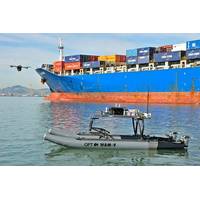
Greensea IQ, Ocean Power Technologies Announce Collaborate On Autonomous Hull Maintenance
and recovery system to enable more efficient and environmentally responsible hull maintenance operations.The collaboration will pair Greensea IQ’s EverClean robot—an in-water system that proactively removes biofouling from vessel hulls—with OPT’s modular and autonomous WAM-V surface vehicles. Together, the companies will develop and test a system that can operate independently of traditional support vessels, unlocking new opportunities for persistent hull maintenance in commercial and defense markets.The joint effort will focus initially on system design, integration, and prototype
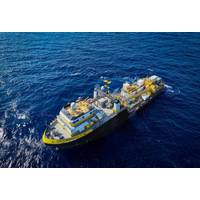
Oceaneering Upgrades Survey Vessel for Simultaneous Autonomous Missions
;has completed a major upgrade of its Ocean Intervention II oceanographic research vessel, equipping it to perform simultaneous autonomous offshore survey missions.The retrofit, carried out in early 2025 on the 25-year-old vessel, has made it capable of launching and recovering both uncrewed surface vehicles (USVs) and autonomous underwater vehicles (AUVs).The vessel, originally launched in 2000 for geophysical and geotechnical survey work, has been outfitted with new navigation systems, hull-mounted sensors, cloud-enabled data infrastructure, and a modernized engine room.The upgrade includes a

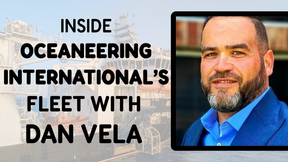
 August 2025
August 2025
